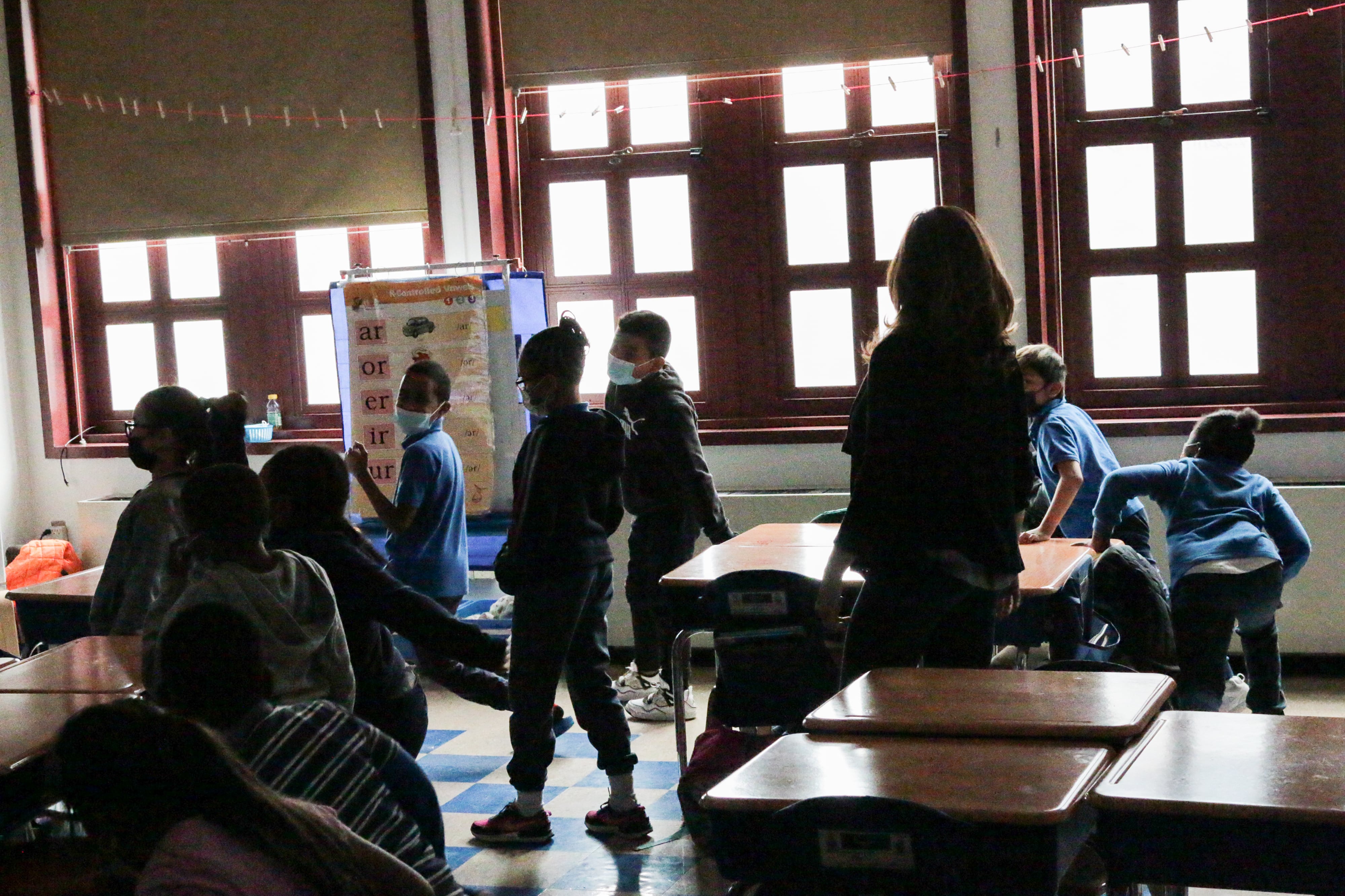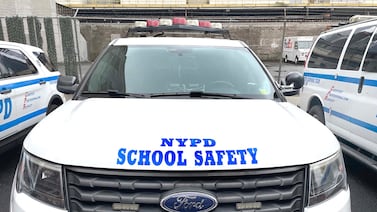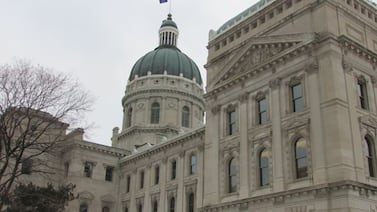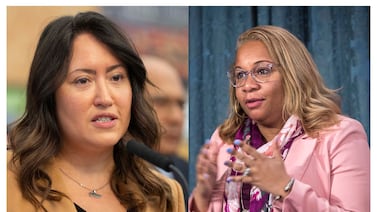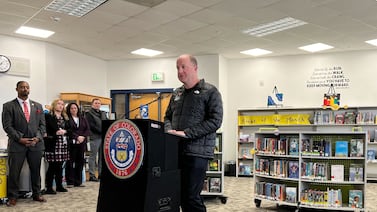New York City public schools plan to welcome back roughly 900,000 students next week, marking the start of yet another critical year.
Many children continue to feel the academic and emotional toll from prolonged classroom closures and interruptions during the coronavirus pandemic. And the nation’s largest school system as a whole is continuing to grapple with declining enrollment, though it is also seeing an influx of thousands of asylum seekers, who may need intensive support.
Chalkbeat wants to hear from students, parents, and educators: What are you looking forward to this year? Are you concerned about the city’s budget cuts affecting your school? Do you think your school is offering enough mental health support?
This summer’s battle over school funding cuts, along with an ongoing lawsuit challenging the education department’s budget process, made planning more complicated for many principals — though perhaps not as difficult as the previous two years when they had to reconfigure so much of what teaching and learning looked like because of COVID guidance. Schools will drop most of the city’s COVID mitigations this year, ditching the daily health screeners and onsite PCR testing, along with previously dropped layers such as masking and quarantines.
The city is still planning to spend more than $1 billion in stimulus funding this year, but it remains to be seen how much of that will go directly to help students with tutoring programs or other ways to catch them up academically and socially. The education department already said it plans to scale back special education recovery services this fall.
In response to the plummeting math and reading scores — especially for the lowest performing students — from the National Assessment of Educational Progress, whose test is known as “the nation’s report card,” U.S. Secretary of Education Miguel Cardona said that schools should use their federal aid “even more effectively and expeditiously.” He cited strategies like high-dosage tutoring, after-school programs, and hiring more staff.
Meanwhile, budget cuts forced many New York City schools to excess educators, sending them to find positions elsewhere in the system.
Having trouble viewing this form? Go here.

